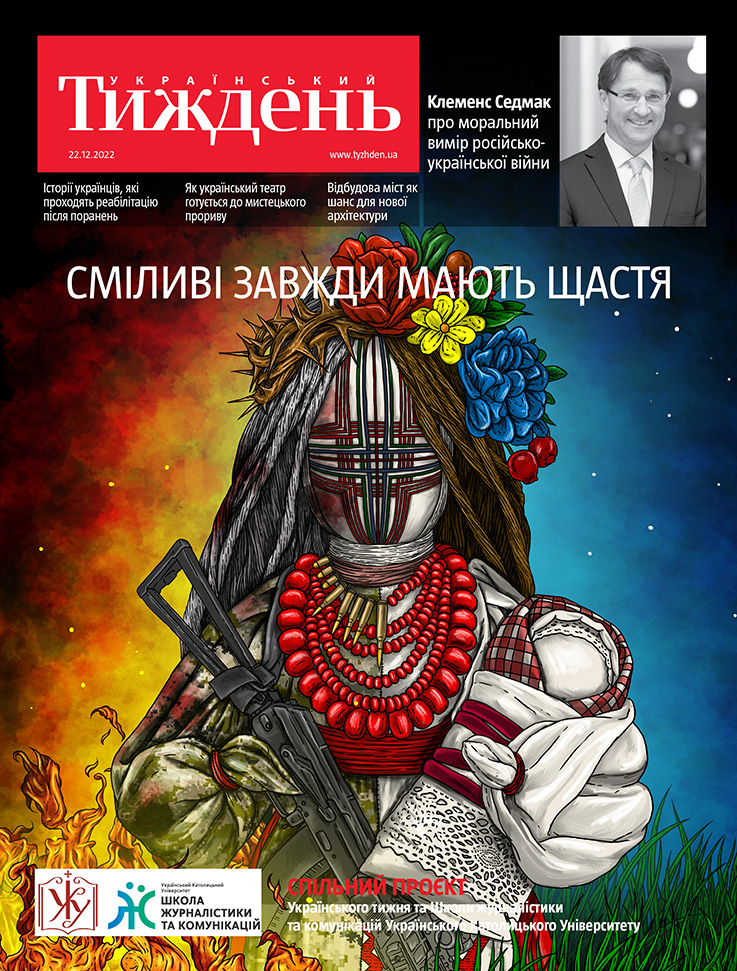Ukrainian President Petro Poroshenko has announced that high-precision cruise missiles with a range of over 1,000 kilometers and capable of carrying a 150-kilogram combat load were developed in Ukraine.
"We've started the most important tests of cruise missiles… We have a missile, which have successfully passed tests, which is capable of shooting over 1,000 kilometers and carry a 150- kilogram combat load. This is a high-precision [weapon], which was created by Ukrainian specialists. The Armed Forces of Ukraine are now training how to use them," he told a Svoboda Slova [Freedom of Speech] panel show on Ukraine's ICTV channel on April 9.
"We can now destroy any ship within a radius of 300 kilometers that would dare to approach and attack us, and a small and middle class ship will not be able to resist this missile. This is a sharp increase in our defense capability," the president added. Poroshenko noted Ukraine had previously "given up" cruise missiles that could carry nuclear warheads. The president also reiterated Ukraine had conducted final tests of the Vilkha-M ("Alder") missile system. "Today we have Smerch and Uragan [multiple rocket launcher systems] with a range of no more than 65-70 kilometers, and now they will be precise with a range of 130 kilometers," he added. As UNIAN reported earlier, in early December 2018, the Ukrainian military successfully tested the domestic new ground-launched cruise missile Neptun ("Neptune"). Completion of the development and commencement of tests of the ground-based cruise missile complex to hit the coastal targets within the Neptun project is scheduled for 2019. The national budget for 2019 provides for more than UAH 102 billion (US$3.8 billion) for the needs of the Ukrainian army. On April 5, Ukraine successfully tested the Neptun anti-ship missile defense system in Odesa region amid the Russian Federation's opposition by electronic warfare weapons.

